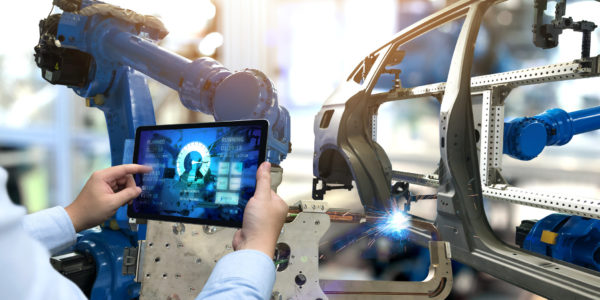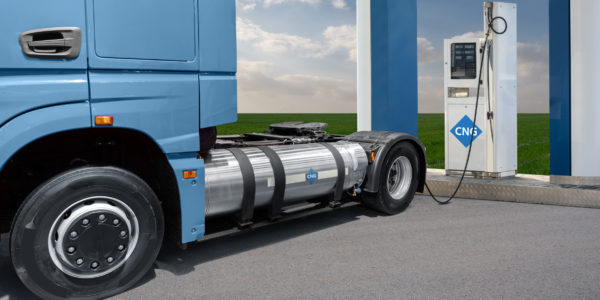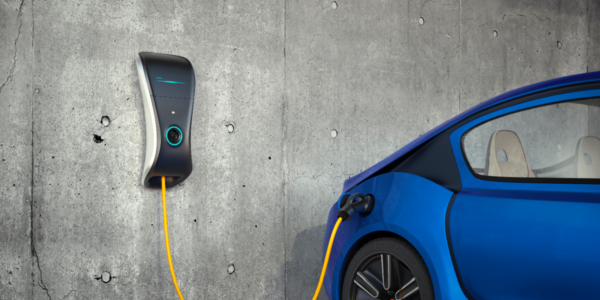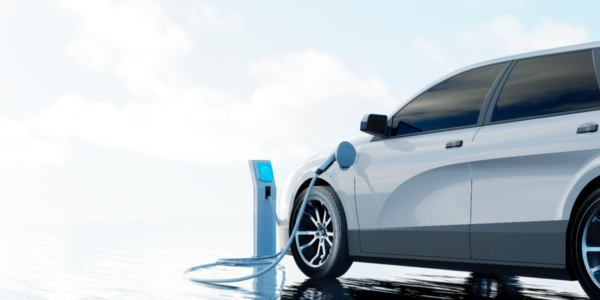Tag: Electrification

When it comes to fleet management, the E in ESG can carry a bit more weight. With transportation being one of the greatest contributors to global greenhouse gas emissions, environmental preservation is becoming increasingly important across the industry. The practice of ESG at a higher level helps fleets to stay accountable for their negative and positive impacts.

For fleets that have kept waiting patiently, this year has brought an exciting onset of “firsts” in the EV market. This is great news for different types of fleets, from emergency services to shipping to utilities, who now have one more option to help future-proof operations and meet long-term sustainability goals.

Nuclear power suppliers today face a challenge that has remained unresolved for decades: nuclear waste. This waste can remain radioactive for hundreds of thousands of years and can contaminate the environment if not disposed of properly.

While fleets are concerned with the procurement of EVs, energy suppliers are concerned with ensuring the grid can even support such a large increase in demand. The US Department of Energy estimates that electricity consumption could go up by 38 percent by 2050 due to the transition to EVs. The challenge now is generating enough clean energy to support this change.

CNG is an alternative fuel that has been used in fleet for decades. There are over 175,000 CNG-powered vehicles in the US today. Many are wondering, however, is investing in CNG worth it if electrification is the end goal?

Just as with any battery-operated item, there is an optimal operating temperature for EVs. Because of this, fleets operating in areas with extreme weather must keep this in mind during the peak of harsh winter and summer months.

With such a major shift away from internal combustion engine vehicles, consumers and fleet managers must rethink how they are powering their vehicles. Fueling will no longer be just a gas station away, with a thoughtless five-minute refill until you’re back on the road.

There are many factors to consider when it comes to making EVs more sustainable at every life stage. When broken down from raw material extraction to vehicle disposal, is clear to see that EV’s zero-emissions claim is really only true in operation.

The plan is still general and offers few details about the actual logistics of making the switch, but it does contain ideas of where to draw the funding and some interesting proposals that will make gargantuan changes to charging infrastructure.